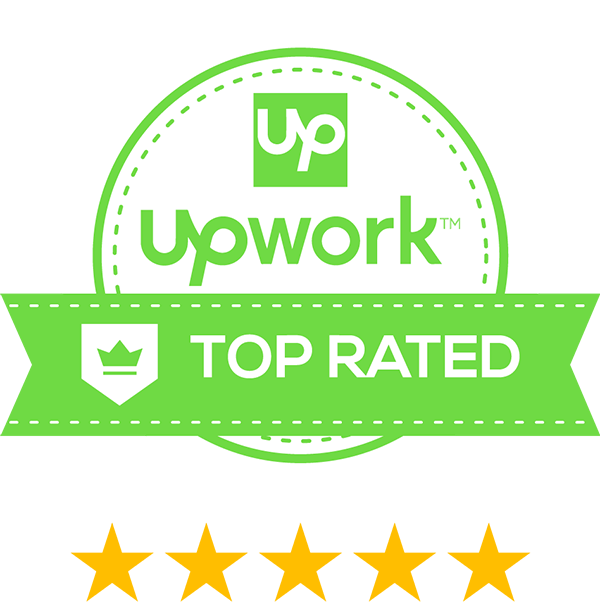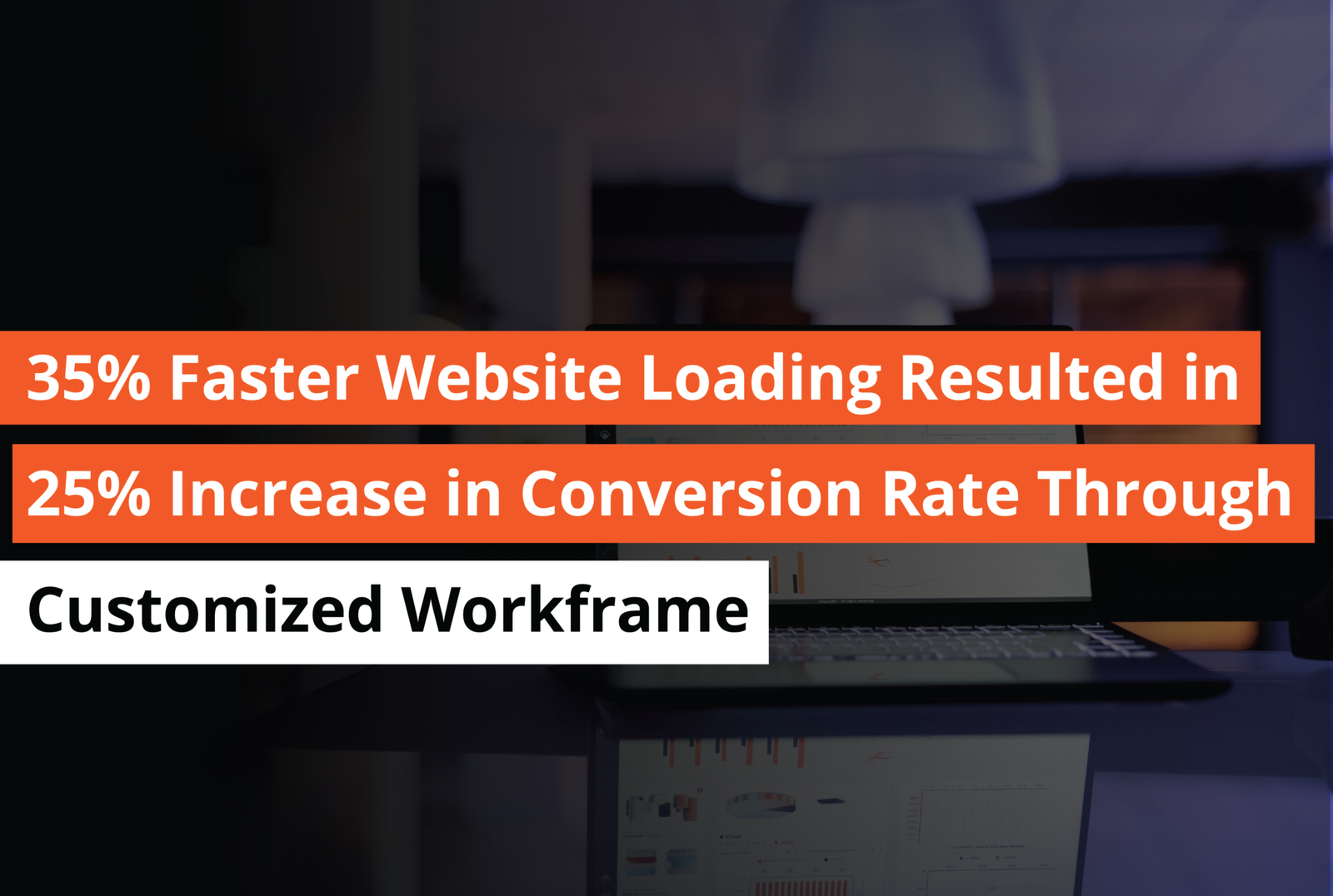Introduction:
Data is everywhere as we all know, and it helps companies to achieve growth and stability. Also, their Human Resources departments get a lot of help with making better decisions. HR is all about managing people, hiring new employees, and keeping the workplace happy. Through data, HR teams can understand things like employee performance, what makes workers stay, and how to hire the best people. All these steps are important to make better decisions and improve workplace efficiency.
Why Growth is Far Away Without HR?
Running a business without HR is pointless or not beneficial. It is because human resources play an important role in achieving business success. HR always assures that the right talent is hired, nurtured, and aligned with the company’s goals. By managing recruitment, training, employee engagement, and performance, HR creates a productive workforce. HR also builds a positive company culture and manages conflict resolution. Keeping up the morale of employees and reducing stress also relies on HR. Ultimately, HR helps businesses grow by maximizing employee potential and creating a strong foundation for sustainable success.

How Did Hr Improve Employee Retention by 20% Using Data?
Explore 5 real-time HR case scenarios in the data industry, focusing on employee retention, hiring, and training. Learn how data-informed solutions helped a company reduce turnover by 20% through mentorship and improve hiring success by 30% using predictive models. It also improves employee training effectiveness. These all indicate how HR can utilize data to solve challenges, improve employee satisfaction, and improve overall performance. Find out how data analytics plays an important role in shaping HR strategies for better business results evolving data industry.
5 Real-Time Scenarios for HR in the Data Industry:
Scenario 1: Improving Employee Retention
Challenge: A company was losing many employees within their first year. HR didn’t know why this was happening.
Solution: The HR team used data to analyze employee feedback, exit interviews, and performance reviews. They found that employees felt disconnected due to a lack of support during their first few months.
Result: HR implemented a mentorship program to guide new employees. The turnover rate decreased by 20% within six months, as employees felt more supported and engaged.
Scenario 2: Better Hiring Through Data
Challenge: The company was struggling to hire the right candidates, leading to poor job performance.
Solution: The HR team used data from previous hires, looking at skills, education, and past experiences to understand what made successful employees. They created a hiring model to identify candidates with similar qualities.
Result: The company’s hiring success rate improved by 30%, and the job performance scores of new hires increased significantly.
Scenario 3: Training Programs Based on Data

Challenge: Employees were not improving their skills even after attending several training sessions.
Solution: HR used data to track the effectiveness of past training sessions and employee progress. They realized that the training wasn’t good enough to meet the needs of employees.
Result: HR redesigned the training program, focusing on the skills employees needed most. Employee performance improved by 25% after the new program was launched.
Scenario 4: Predicting Employee Turnover
Challenge: HR struggled to predict when and why employees were leaving the company, making it hard to take any action in advance.
Solution: Using data from past employee records, HR built a predictive model to identify patterns that indicated when an employee might leave, such as low engagement scores or fewer promotions.
Result: HR could now identify at-risk employees and offer solutions like career development plans. Turnover decreased by 15% within a year.
Scenario 5: Improving Diversity
Challenge: The company noticed that their workforce lacked diversity, especially in leadership roles.
Solution: HR used data to analyze hiring trends and found that the company was unintentionally favouring candidates from similar backgrounds. They updated their hiring process to remove bias and track diversity metrics over time.
Result: Within a year, the company saw a 10% increase in diversity hires, leading to a more inclusive work environment and a wider range of ideas and innovations.
5 Amazing Benefits of Using Data-Informed Solutions:

1. Improved Employee Retention:
By analyzing employee feedback, performance data, and exit interviews, HR can uncover the reasons behind the high turnover. In Scenario 1, using data information helps in the creation of a mentorship program, resulting in a 20% reduction in turnover. This shows that data helps HR identify the root causes of retention issues and implement targeted solutions.
2. Achieve Hiring Success:
Data-informed hiring models which are mentioned in Scenario 2, allow HR to identify the skills, education, and experience that contribute to job success. By utilizing data from past successful hires, HR can build a predictive model to improve recruitment strategies. That results in a 30% improvement in hiring success. This assures the right talent is brought on board to better job performance.
3. Optimized Training Programs:
Scenario 3 presents how data can help HR assess the effectiveness of training programs. By tracking employee progress and skill development, HR can create training initiatives to meet specific needs. Designing the training program based on data improved employee performance by 25%. This shows how data can actually improve the value of learning and development efforts.
4. Proactive Turnover Prevention:
Following Scenario 4, shows how predictive analytics help HR to predict when employees are at risk. This can be done by identifying key patterns in behavior, such as low engagement or missed promotions. This proactive approach allows HR to intervene early with career development plans. This step taken by HR can reduce turnover by 15%. By addressing all potential issues before they escalate, businesses can prevent costly turnover.
5. Increased Diversity and Inclusion:
In Scenario 5, data helped the HR team identify unconscious biases in the hiring process, leading to a 10% increase in diversity hires. Data-informed tracking of diversity metrics assures that the hiring process becomes more inclusive, contributing to a broader range of ideas and innovations. Predicting a more diverse workforce also strengthens the company culture and improves employee engagement.
Conclusion
Data-informed HR practices offer significant benefits to businesses. It allows for more informed decision-making that directly impacts employee satisfaction, retention, and overall performance. Through real-time case scenarios, we can see how data helps HR tackle challenges such as turnover, hiring success, training effectiveness, turnover prediction, and many more. Through data, HR can understand employee needs and patterns. HR teams can implement targeted solutions that contribute to a more engaged and productive workforce. In the end, it helps in achieving business growth and success ultimately.
Feeling stuck with your team’s performance? Make your team more efficient by registering 100% customized Proof of Concept at no cost. Don’t miss out on this opportunity for growth and success.
About Author

I’m Isha Taneja, and I love working with data to help businesses make smart decisions. Based in India, I use the latest technology to turn complex data into simple and useful insights. My job is to make sure companies can use their data in the best way possible.
When I’m not working on data projects, I enjoy writing blog posts to share what I know. I aim to make tricky topics easy to understand for everyone. Join me on this journey to explore how data can change the way we do business!
I also serve as the Editor-in-Chief at "The Executive Outlook" where I interview industry leaders to share their personal opinions and add valuable insights to the industry.
































